About Old Pulteney
In Wick, Caithness, a Highland region of Scotland, the Pulteney Distillery is a malt whisky manufacturing and maturation facility. The distillery includes a tourist center in Huddart Street and makes Old Pulteney single malt whiskey in a variety of ages. Sir William Pulteney, after whom Pulteneytown is called, founded the distillery in 1826. He passed away in 1805. When it was founded, the distillery was the furthest north on the Scottish mainland (Wolfburn Distillery in Thurso has since supplanted it), and it was almost unreachable unless by water. Sea transport was used to bring in the barley and to transport the whiskey. Many distillery employees also worked as fishers. Although Wick's herring fishing business is no longer an integral part of everyday life, the distillery is still in operation and continues to produce one of the best Highland single malts on the market. The whisky's aging in sea air is thought to have given it certain qualities. Following the local parish's enforcement of prohibition laws, the distillery closed in 1930 due to dwindling business. It reopened in 1951 after the vote was overturned and the legislation was repealed. Inver House Distillers presently owns it. Thomas Telford built an ancient mill, which is used at the Pulteney site. Three or four kilometers to the south, a grain mill is said to have been powered by this stream, which emerges from Loch Hempriggs.
Old Pulteney Whiskies
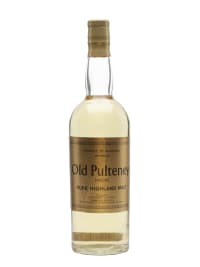
Old Pulteney (Cadenhead's) 1960s
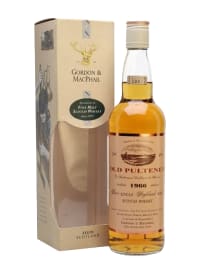
Old Pulteney 1966 (Gordon & Macphail)
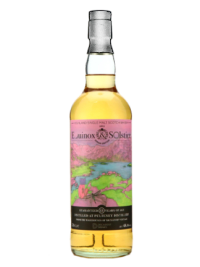
Pulteney 13 Year Old Equinox & Solstice Spring 2022 (Whisky Sponge & Decadent Drinks)

Old Pulteney 14 Year Old 2006 (Hart Brothers)

Old Pulteney 18 Year Old 2002 (Cask 18699) Old Malt Cask (Hunter Laing)

Old Pulteney 10 Year Old 2011 Cask Strength (Hart Brothers)
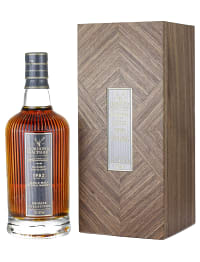
Old Pulteney 38 Year Old 1982 (Cask 861) Private Collection (Gordon & Macphail)

Old Pulteney 12 Year Old 2008 (Cask 4) Cask Strength Collection (Signatory)
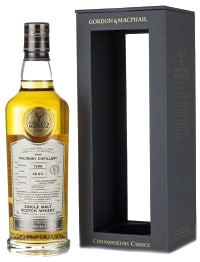
Old Pulteney 23 Year Old 1998 (Cask 17603801) Connoisseurs Choice (Gordon And Macphail)
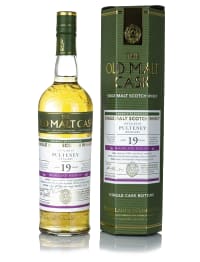
Old Pulteney 19 Year Old 2002 (Cask 19525) Old Malt Cask (Hunter Laing)

Old Pulteney 16 Year Old
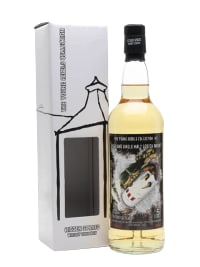
Pulteney 2012 5 Year Old Hidden Spirits

Old Pulteney 21 Year Old


